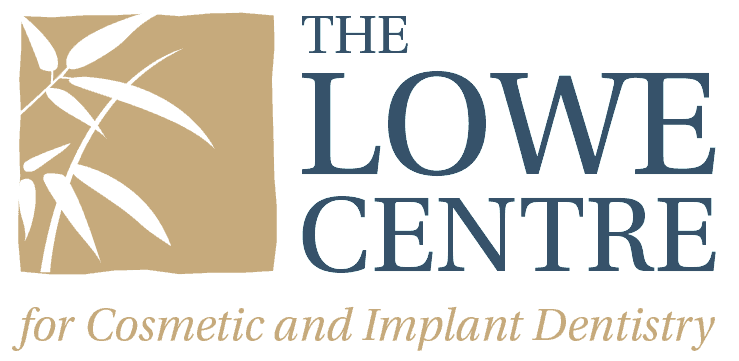Blog
Cosmetic Dentistry Using Fascinating Science for Color Matching
Cosmetic dentistry is not a new science. Looking back as far as 700 BC, historians have found evidence of false teeth, secured with gold bridgework. Gold fillings date back to the mid 1800’s, and 100 years before that a man named Pierre Fauchard published a book called “The Surgeon Dentist” with an entire chapter dedicated to straightening teeth.
The science of cosmetic dentistry continues to advance today. Crowns, veneers, and prosthetics are now available to us. Our smiles have more potential than ever before.
One of the first questions people ask their cosmetic dentist is “Will people be able to tell I’ve had work done?” Certainly, the people closest to you will notice a difference, but the goal of a cosmetic dentist is not to fill your smile with bright white porcelain. Color matching and shade mapping is done to ensure that when you smile, people will see you and not your teeth.
How does a cosmetic dentist match color?
Historically, dentists have used shade guides to reliably identify the shade of the tooth by sight, comparing it to a shade tab. If you’ve ever used paint swatches to match a color at the hardware store, the technique is similar. Newer shade guides included more information, and made it easier for the labs that created the prosthetic material. Still, other alternative methods were introduced.
Digital cameras have been used in cosmetic dentistry since the technology became available. Using the shade guides already at hand, and software designed for the task, the final color and shade could be more accurately predicted. The technology needed optimal lighting however, and the brightness of color was often difficult to predict.
Now, cosmetic dentistry relies on amazing tools called colorimeters and spectrophotometers. Big names yes, but with fantastic results. Without getting into too much detail, these tools allow a trained cosmetic dentist to measure the value for every spectrum of color in your smile. They also measure the light or brightness of your smile. Both color and shade are accurately detected, allowing your cosmetic dentist to perfectly match any crowns, veneers, or implants.
With such accurate results, no one can ever tell where you’ve had work done before.
